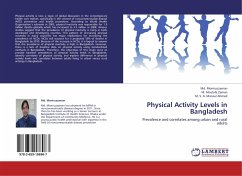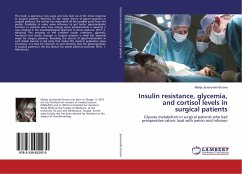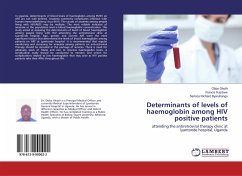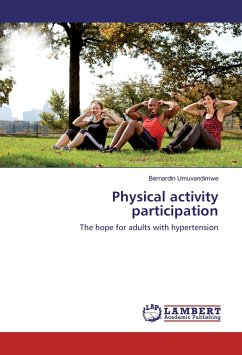
Physical Activity Levels in Bangladesh
Prevalence and correlates among urban and rural adults
Versandkostenfrei!
Versandfertig in 6-10 Tagen
32,99 €
inkl. MwSt.

PAYBACK Punkte
16 °P sammeln!
Physical activity is now a topic of global discussion in the contemporary health care market, specifically in the context of noncommunicable disease (NCD) prevention and health promotion. According to World Health Organization s estimate in 2005, physical inactivity was responsible for 1.9 million deaths globally which has increased to 3.2 million in 2008. Various studies suggest that the prevalence of physical inactivity is rising in both developed and developing counties. This pattern of increasing physical inactivity in many countries has major implications for increasing the prevalence of ...
Physical activity is now a topic of global discussion in the contemporary health care market, specifically in the context of noncommunicable disease (NCD) prevention and health promotion. According to World Health Organization s estimate in 2005, physical inactivity was responsible for 1.9 million deaths globally which has increased to 3.2 million in 2008. Various studies suggest that the prevalence of physical inactivity is rising in both developed and developing counties. This pattern of increasing physical inactivity in many countries has major implications for increasing the prevalence of NCDs. NCDs will account for a projected 59% of deaths in Bangladesh by 2010. Because of the increase in NCDs, it is logical to assume that the prevalence of physical inactivity is high in Bangladesh. However, there is a lack of baseline data on physical activity using standardized methods in Bangladesh. Therefore, the objectives of this study were to provide baseline prevalences of physical activity levels in Bangladesh, identify correlates of physical activity, and explore difference in physical activity levels and correlates between adults living in urban versus rural settings in Bangladesh.












